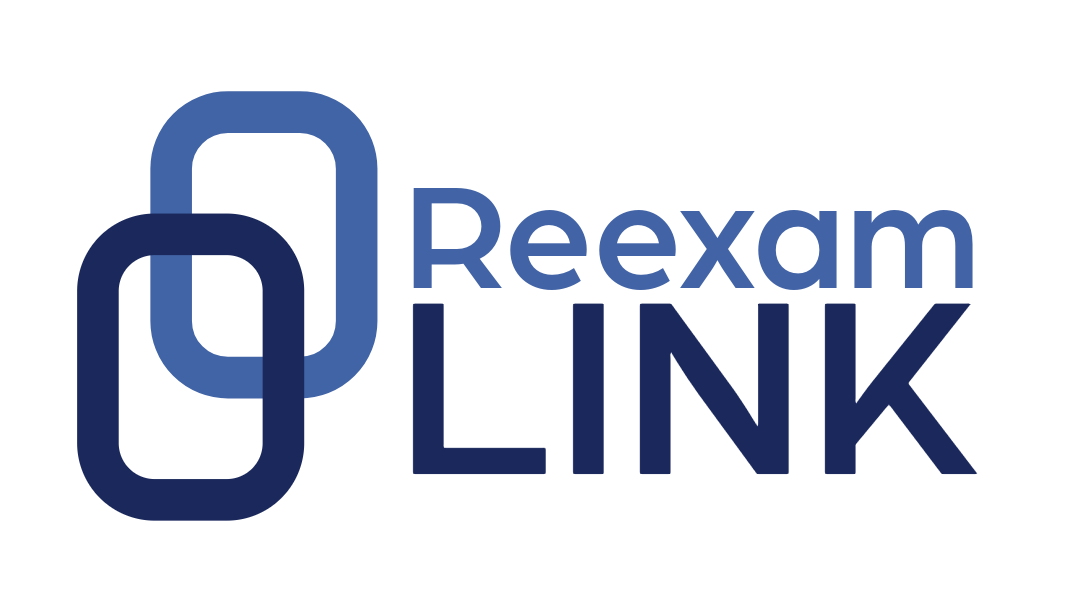Liberty Mutual Insurance filed two more covered business method (CBM) patent review petitions dated September 29. The petitions both relate to U.S. Pat. No. 7,124,088 owned by Progressive Casualty Insurance, that relates to an on-line insurance policy service system as recited in claim 1 of the reexamined patent:
1. An on-line insurance policy service system comrprising:
a web browser for accessing remote insurance information by an insurance policyholder and software linked to the remote insurance information;
a publicly accessible distributed network for transferring data from the web browser;
an information module, remote from the web browser coupled to the publicly accessible distributed network, that identifies the insurance policyholder and verifies an insurance policy parameter of an existing insurance policy of the insurance policyholder in real-time in response to first data received from the insurance policyholder through the publicly accessible distributed network and the web browser;
where the first data comprises a personal security code that allows access to insurance policy parameters of the insurance policyholder;
an insurance policy adjustment module, remote from the web browser coupled to the publicly accessible distributed network, that adjusts the insurance policyholder’s insurance policy parameter in real-time in response to second data received from the insurance policyholder through the publicly accessible distributed network and the web browser,
where the second data comprises a selection of the insurance policy parameter;
where the insurance policy adjustment module provides an acknowledgement to the web browser in response to the adjustment of the selected insurance policy parameter within the existing insurance policy, and implements the adjustment to the existing insurance policy; and
where an insurer’s computer generates an insurance document customized to the insurance policyholder as identified by the personal security code and sends the customized insurance document to the web browser in response to the second data received from the insurance policyholder through the publicly accessible distributed network and the web browser.
Liberty Mutual’s petitions (CBM2012-00010 and CBM2012-00011) request review of the same claims, but using different prior art challenges. The petition for the 00010 matter at footnote 3 states:
As noted above, Petitioner has simultaneously filed an additional Petition seeking review and judgment against the same claims based on different art—including, e.g., the Peterson patent discussed (but mischaracterized) during reexamination. Petitioner acknowledges with appreciation the procedural guidance provided by the Lead Trial Judge and others at the Patent Trial and Appeal Board regarding the appropriateness of such a division of grounds under the transitional program. Petitioner further notes that the references cited in that petition in combination with those cited here, including in particular NAIC, ComputerGuard and Lockwood, would also render all claims obvious based on their disclosures cataloged in the furnished claim charts.
So it appears that Petitioner Liberty Mutual’s strategy is to file a separate review petition on separate prior art it alleges was mischaracterized in reexamination. The use of post-issuance review to “correct” assertions made in reexamination is an interesting approach that may gain momentum if successful in cases like these.
Another interesting observation from the Petition is the way that Liberty Mutual proffers interpretations of claim limitations that are arguably subject to 35 U.S.C. § 112(6). Liberty Mutual asserts differences between interpretive standards for review and reexamination (broadest reasonable interpretation or BRI per In re Yamamoto) and litigation (Phillips-type constructions, such as those used in Markman proceedings) in its petition. For example, starting on page 11 of the petition, Liberty Mutual states:
Pursuant to § 42.300(b), and solely for purposes of this review, Petitioner construes the claim language such that claim terms are given their broadest reasonable interpretation. For terms not specifically listed and construed below, and in the absence, to date, of detailed arguments from Progressive indicating a need for construction or a disagreement regarding the meaning of the vast majority of terms, Petitioner interprets them for purposes of this review in accordance with their plain and ordinary meaning under the broadest reasonable interpretation. Because this standard is different than that used in litigation, see In re Am. Acad. of Sci. Tech Ctr., 367 F.3d 1359, 1364, 1369 (Fed. Cir. 2004), Petitioner expressly reserves the right to argue in litigation a different construction for any term as appropriate to that proceeding.
At footnote 8, the Petition adopts a “plain meaning” BRI approach to claim limitations that are arguably subject to 35 U.S.C. § 112(6):
Petitioner reserves the right to argue in an appropriate forum that, under the standards of construction appropriate to district court litigation, these claim terms should be construed as means-plus-function limitations under § 112(6) and, indeed, fail to meet the requirements for means-plus-function limitations under § 112(6). For purposes of this Review, however, Petitioner broadly construes these terms as required by the applicable standard. See § 42.300(b).
This comment assumes that a claim limitation that is subject to 35 U.S.C. § 112(6) is properly interpreted using “plain meaning” according to BRI, and that BRI may be different than a Phillips-type construction used in court proceedings for mean-plus-function limitations. It will be interesting to see whether Patent Owner (Progressive) will have something to say about that assumption in its response.

Leave a Reply